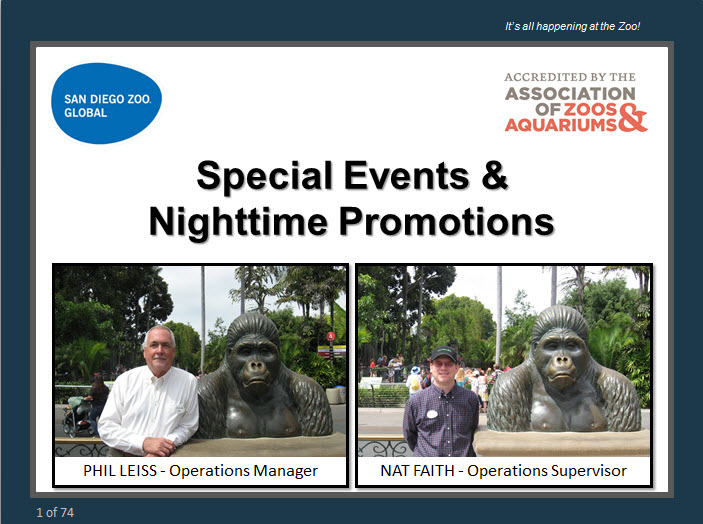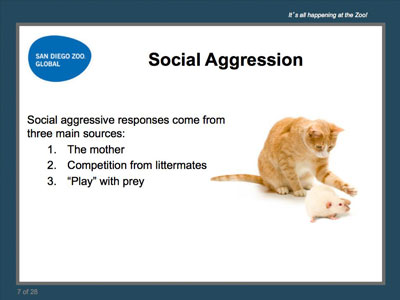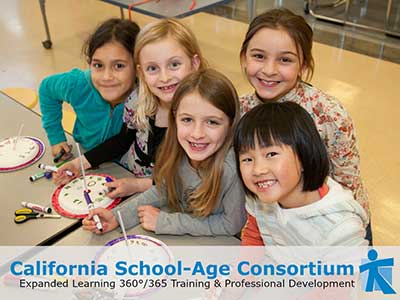 |
STEM in Early Childhood (CDA 2, 3, and 8) |
3.00 |
STEM is an intentional, integrative approach to teaching and learning that can occur across all knowledge areas; it is not a specific curriculum. The STEM approach focuses on providing opportunities for students to explore and develop a comprehensive set of concepts, competencies, and thinking skills. STEM competencies include a vocabulary rich in the language of science, technology, engineering and math—words like hypothesis, gravity, buoyant, balance, temperature, and battery. STEM competencies also include basic principles of engineering, like problem-solving and planning; of science, like experimentation and observation; of technology, like using tools to complete both a task and solve real world problems; and of math by recognizing that basic principles of math are part of everyday activities, like comparing and contrasting, counting, and dividing a whole to create equal parts.
This course is also designed to be part of a Child Development Associate (CDA) Credential™ curriculum. It covers Subject Area 2: Advancing Children’s Physical and Intellectual Development, Subject Area 3: Supporting Children’s Social and Emotional Development and Subject Area 8: Understanding Principles of Child Development and Learning. |
 |
STEM and You |
1.00 |
As early childhood professionals, we’ve all heard the term STEM. It stands for Science, Technology, Engineering, and Mathematics. But do you think you would recognize STEM in action if you saw it? Let’s find out!
Course Learning Objectives:
- Define STEM in the context of early childhood education.
- Recognize the impact of a teacher’s attitude toward STEM on their instructional practice. |
 |
STEM and Supportive Practices |
1.00 |
STEM is an intentional, integrative approach to teaching and learning that can occur across all knowledge areas; it is not a specific curriculum. The STEM approach focuses on providing opportunities for students to explore and develop a comprehensive set of concepts, competencies, and thinking skills.
In this course, we’ll see how the Supportive Practices found in Learning Standards for early childhood promote the development of STEM concepts, competencies, and thinking skills.
Course Learning Objective:
- Use the supportive practices to promote the development of STEM concepts, competencies, and thinking skills. |
 |
STEM and Learning Standards |
1.00 |
STEM is an intentional, integrative approach to teaching and learning that can occur across all knowledge areas; it is not a specific curriculum.
The STEM approach focuses on providing opportunities for students to explore and develop a comprehensive set of concepts, competencies, and thinking skills.
STEM competencies include a vocabulary rich in the language of science, technology, engineering and math—words like hypothesis, gravity, buoyant, balance, temperature, and battery. STEM competencies also include basic principles of engineering, like problem-solving and planning; of science, like experimentation and observation; of technology, like using tools to complete both a task and solve real world problems; and of math by recognizing that basic principles of math are part of everyday activities, like comparing and contrasting, counting, and dividing a whole to create equal parts.
Course Learning Objectives:
Demonstrate how learning standards for early childhood promote the development of STEM concepts, competencies, and thinking skills. |
 |
STEM (Science, Technology, Engineering, Math) in K-12 |
1.50 |
This course provides comprehensive training on STEM education in the K-12 setting. This course will discuss the key standards for students to find success in the four domains of STEM: science, technology, engineering, and mathematics. You will then learn about supportive strategies to help students to excel in those standard areas within each domain. It is just one out of many educational courses we offer. This course will help you develop new knowledge about students and will help you understand your role as an educator. |
 |
Spinal Motion Restriction Decisions |
1.50 |
Two of the University of Rochester’s finest educators discuss the decision-making that is involved with Spinal Motion Restriction.This enlightening discussion offers information that will allow providers to better interpret standing protocols.Subsequently providers will be able to create and execute better treatment plans.
Jeremy Cushman M.D., M.S., NYS Paramedic is the Chief of the Division of Prehospital Medicine, Department of Emergency Medicine, at the University of Rochester.
Mark Gestring, M.D., F.A.C.S., is the Director of Adult Trauma at the University of Rochester’s Regional Trauma Center.
Enjoy the conversation as these two experts in their respective fields escort you through the nuance that every provider should consider when treating a patient with possible spinal trauma. |
 |
Special Events & Nighttime Promotions |
1.00 |
In support of San Diego Zoo Global's mission and vision, the Special Event and Nighttime Operations Department is dedicated to providing the highest quality guest enhancements, entertainment, personal service and professional programs to our external and internal customers. These products are intended to increase attendance, support our membership program and promote repeat visits. The department consistently operates a number of revenue-generating programs, which enhance the guest experience at the world-famous San Diego Zoo. The department is comprised of a special events manager, entertainment program supervisor and production aide who report to the director of operations. The department has the operational logistical responsibility of two large annual promotional activities (Nighttime Zoo and Jungle Bells), four zoo discovery days promotions (Koalapalooza, Play Days, Garden Festival and Reptilemania), two large society fundraisers (Ritz and San Diego Food and Wine Festival), all marketing and PR related logistics and over two hundred nighttime catered events. |
 |
Solving Behavioral Problems. Aggression – Its Causes and Solutions for its Reduction |
1.00 |
Typically, animal care workers focus their training efforts on encouraging an animal to do something that it isn’t yet doing or training the animal to not do something that it is doing. At birth, all animals come genetically programmed for defense. From the human perspective, these behaviors are often closely linked with aggression. This presentation will focus on a variety of common behavioral problems encountered with animals in a zoological setting with special attention paid to the reduction of aggression. The presentation will identify the classes of animals that pose serious risks to animal care workers and develop strategies for reducing the risks when working in close proximity with those taxa. |
 |
Social-Emotional Learning, Character Building & Enhancing Quality |
2.00 |
By the end of this course, you will be able to:
Strengthen your understanding of the social-emotional learning and character building that expanded learning programs support.
Be able to articulate what social-emotional learning and character development looks like in children and youth.
Identify the connection between quality standards and social-emotional learning and character development. |
 |
Social-Emotional Learning and Enhancing Quality |
0.75 |
All children and youth need social- emotional and character skills in order to thrive in school, work, and life. By their design and structure, high-quality expanded learning and out-of-school time programs provide valuable opportunities for children and youth to develop such social-emotional and character skills. This course will introduce participants to social-emotional and character skills and their relationship to the California Quality Standards for Expanded Learning Programs. |











